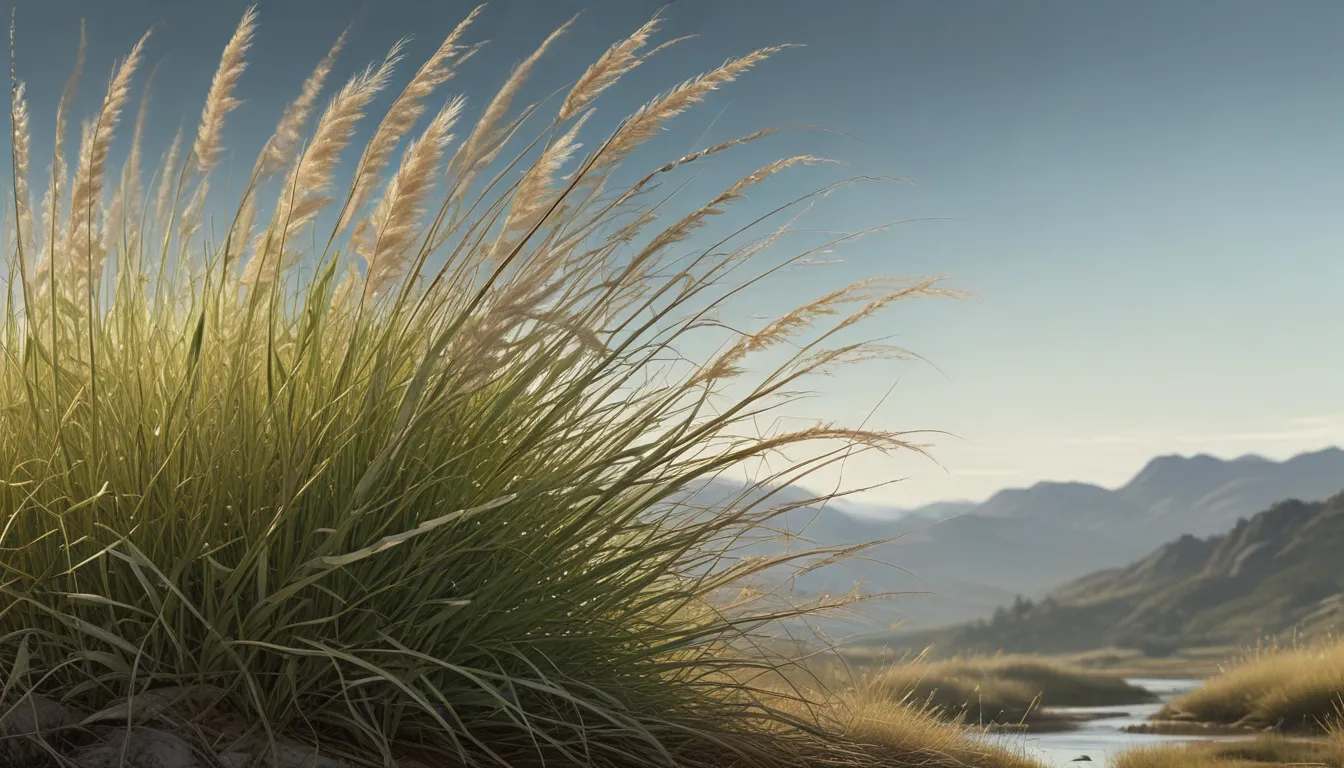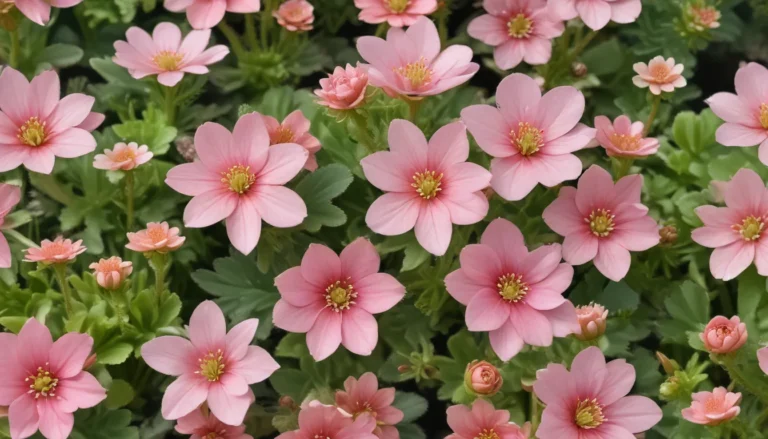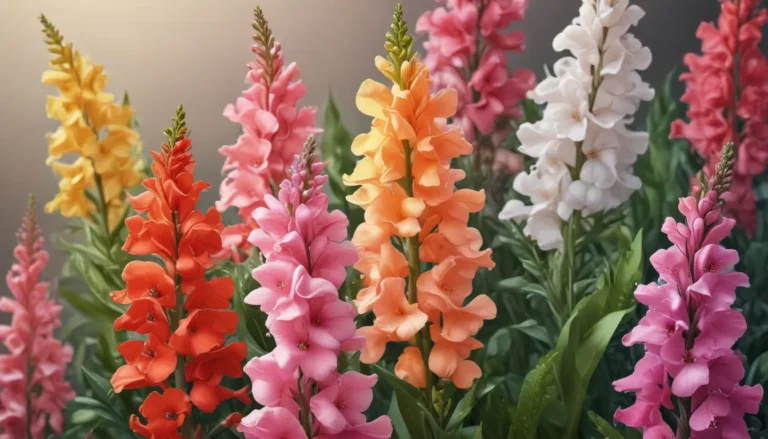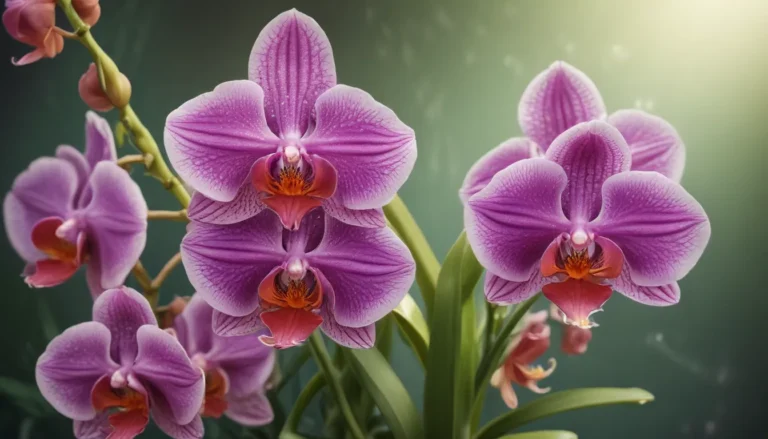The pictures we use in our articles might not show exactly what the words say. We choose these pictures to make you interested in reading more. The pictures work together with the words but don’t take their place. The words still tell you the important facts.
Welcome to the fascinating world of needle grass, a versatile and resilient plant that has captured the attention of botanists, gardeners, and nature enthusiasts around the globe. In this article, we will delve into 15 intriguing facts about needle grass, shedding light on its ecological significance, diverse species, and remarkable adaptations. From its role in supporting wildlife to its ability to thrive in challenging environments, needle grass stands as a testament to the wonders of the natural world. Join us as we explore the captivating world of needle grass and uncover the secrets that make this plant a true marvel of nature.
Discovering Needle Grass: A Resilient Plant with Unique Characteristics
Needle grass, scientifically known as Nassella, is a fascinating genus of grasses native to the grasslands of North and South America. This resilient plant has a unique seed dispersal mechanism, fire-resistant properties, and serves as vital forage for livestock. Let's delve deeper into the world of needle grass and uncover its diverse characteristics:
1. Native to North and South America
Needle grass thrives in diverse climates and terrains of North and South America, showcasing its adaptability to various environmental conditions.
2. Drought-Resistant
This resilient plant is well-adapted to arid environments, making it a valuable asset in regions prone to droughts where water is scarce.
3. Unique Seed Dispersal Mechanism
The needle-like seeds of needle grass have a distinctive way of dispersal, attaching to animal fur or clothing to spread to new locations efficiently.
The Ecological Significance of Needle Grass
Needle grass plays a crucial role in ecosystems by serving as forage for livestock, contributing to erosion control, supporting wildlife habitats, and being utilized in ecological restoration efforts. Let's explore further how this remarkable plant impacts the environment:
4. Important Forage Plant
Needle grass serves as a crucial forage plant for livestock, providing essential nutrition for grazing animals and contributing to the overall health of livestock.
5. Ornamental Use
Due to its delicate and graceful appearance, needle grass is often used as an ornamental plant in landscaping and gardening, adding a touch of elegance to outdoor spaces.
6. Cultural Significance
In some Native American cultures, needle grass holds symbolic significance and is used in traditional rituals and ceremonies, highlighting its cultural importance.
The Versatility of Needle Grass: From Medicinal Properties to Erosion Control
In addition to its ecological significance, needle grass also possesses unique properties that make it a versatile and valuable plant in various applications. Let's explore some of the lesser-known aspects of needle grass:
7. Medicinal Properties
Certain indigenous communities have utilized needle grass for its medicinal properties, harnessing its potential for treating various ailments and health conditions.
8. Wildlife Habitat
Needle grass plays a vital role in supporting diverse wildlife, offering shelter and sustenance to numerous species of animals and insects, promoting biodiversity in ecosystems.
9. Erosion Control
With its extensive root system, needle grass is an effective erosion control plant, stabilizing soil and preventing erosion in landscapes prone to soil degradation.
Harnessing the Resilience of Needle Grass: Fire-Resistant and Adaptability
Needle grass exhibits remarkable adaptability, thriving in a range of environmental conditions and demonstrating resilience in the face of challenges. Let's explore how needle grass contributes to the resilience of ecosystems:
10. Fire-Resistant
Its fire-resistant nature makes needle grass a valuable component in fire-prone ecosystems, providing a natural barrier against wildfires and protecting landscapes from fire damage.
11. Biodiversity Support
By fostering biodiversity, needle grass contributes to the overall health and resilience of ecosystems where it is found, creating a balanced and sustainable environment.
12. Climate Regulation
As a part of the natural landscape, needle grass contributes to climate regulation by capturing carbon and releasing oxygen through photosynthesis, helping to maintain a stable climate.
The Role of Needle Grass in Ecological Restoration and Botanical Research
Needle grass is often used in restoration projects to rehabilitate degraded landscapes and revive the natural balance of ecosystems. Let's explore the applications of needle grass in restoration efforts and scientific research:
13. Ecological Restoration
In restoration projects, needle grass is utilized to rehabilitate degraded landscapes, improve soil quality, and restore the natural balance of ecosystems, promoting sustainability.
14. Botanical Research
From a scientific standpoint, needle grass is a subject of interest for botanical research, offering valuable insights into plant physiology, ecology, and adaptation to changing environments.
Appreciating the Marvels of Needle Grass: A Testimony to Nature’s Beauty
In conclusion, needle grass, with its slender, needle-like leaves and remarkable adaptability, is a fascinating plant that plays a crucial role in various ecosystems. Its ability to thrive in diverse environments, from grasslands to deserts, makes it an essential component of many natural habitats. The unique characteristics and ecological significance of needle grass make it a subject of interest for botanists, ecologists, and nature enthusiasts alike. By understanding the importance of needle grass and its role in the environment, we can appreciate the intricate balance of nature and the remarkable resilience of plant life.
Explore Further: Frequently Asked Questions
What are the ecological benefits of needle grass?
Needle grass provides essential ecosystem services, such as soil stabilization, erosion control, and habitat for wildlife. Its deep root system helps prevent soil erosion and improves water infiltration, making it a valuable component of sustainable land management.
Is needle grass suitable for home landscaping?
While needle grass has ecological benefits, it may not be the best choice for home landscaping due to its sharp, needle-like leaves. However, there are ornamental grasses that mimic its appearance and can be used to achieve a similar aesthetic without the potential drawbacks.
In conclusion, needle grass is a versatile and resilient plant with a wide range of applications and ecological significance. By exploring the wonders of needle grass, we gain a deeper appreciation for the intricate balance of nature and the remarkable resilience of plant life. Join us in celebrating the marvels of needle grass and the beauty of the natural world.






